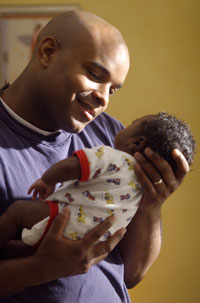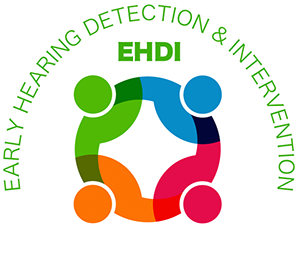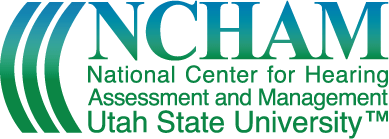((( EHDI Legislation: Overview

In March 1993, the NIH Consensus Development Conference recommended that all babies be screened for hearing loss before being discharged from the hospital. At that time, only two states, Hawaii and Rhode Island, had legislative mandates, passed in 1990 and 1992 respectively, requiring newborn hearing screening for all babies born in the state. As more and more newborn hearing screening programs were implemented and policy makers and the public became more aware of the benefits associated with such programs, legislative actions increased. Now there are 43 states with statutes or other regulatory language related to universal newborn hearing screening. Several important points are worth noting about the legislative mandates related to universal newborn hearing screening:
- About 80% (34 of 43 states) were approved after 1998. The increase in legislative activity was probably influenced by the publication of the Position Statement by the American Academy of Pediatrics in February 1999 and the publication in prestigious journals in 1998 of major articles about the feasibility and benefits of implementing large-scale universal newborn hearing screening programs.
- Only 28 of 43 states (65%) require screening of all babies. The fact that some states set the standard as low as 85% of all newborns raises significant issues about accessibility and coverage.
- Twenty-nine of 43 states (67%) require hospitals to report data from newborn hearing screening to the State Department of Health, which is consistent with the view that newborn hearing screening is a public health program.
- The fact that only 7 states (16%) require parents to provide written informed consent suggests that most states view hearing screening as a routine part of newborn health care.
- Twenty-one statutes (49%) indicate that newborn hearing screening is a covered benefit of health insurance policies issued in the state. However, because of how insurance reimbursement is done, hospitals in most of these states have been not collected additional money for newborn hearing screening procedures even though the statute states that it is a covered benefit.
- It is important to note that legislation specifies the minimum expectations of state policy makers, but does not necessarily define all that state newborn hearing screening programs are doing. For example, Rhode Island has one of the nation’s best tracking and reporting systems, reports data to the Department of Health, and has an Advisory Committee, even though none of these are required by the Rhode Island legislation.
References
- American Academy of Pediatrics (AAP). 1999. Newborn and infant hearing loss: Detection and intervention. Pediatrics 103(2):527-530.
- Finitzo T, Albright K, O=Neal J. 1998. The newborn with hearing loss: Detection in the nursery. Pediatrics 102(6):1452-1460.
- Mason JA, Herrmann KR. (1998). Universal infant hearing screening by automated auditory brainstem response measurement. Pediatrics, 101(2), 221-228.
- Mehl AL, Thomson V. 1998. Newborn hearing screening: The great omission. Pediatrics 101(1): http://www.pediatrics.org/cgi/content/full/101/1/e4, pp. 1-6.
- Vohr BR, Carty LM, Moore PE, et al. 1998. The Rhode Island Hearing Assessment Program: Experience with statewide hearing screening (1993-1996). J. Pediatr. 133:353-357.
- White, K.R. (2003). The current status of EHDI programs in the United States. Mental Retardation and Developmental Disabilities Research Reviews. 9(2), 79-88.
- Yoshinaga-Itano C, Sedey AL, Coulter DK, et al. 1998. Language of early- and later-identified children with hearing loss. Pediatrics 102:1161-1171.


